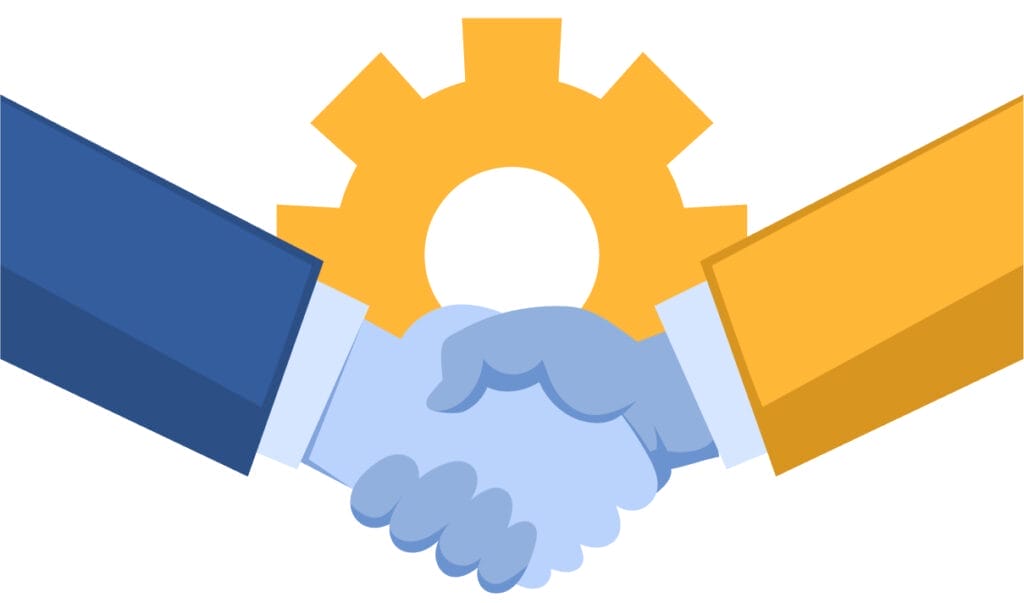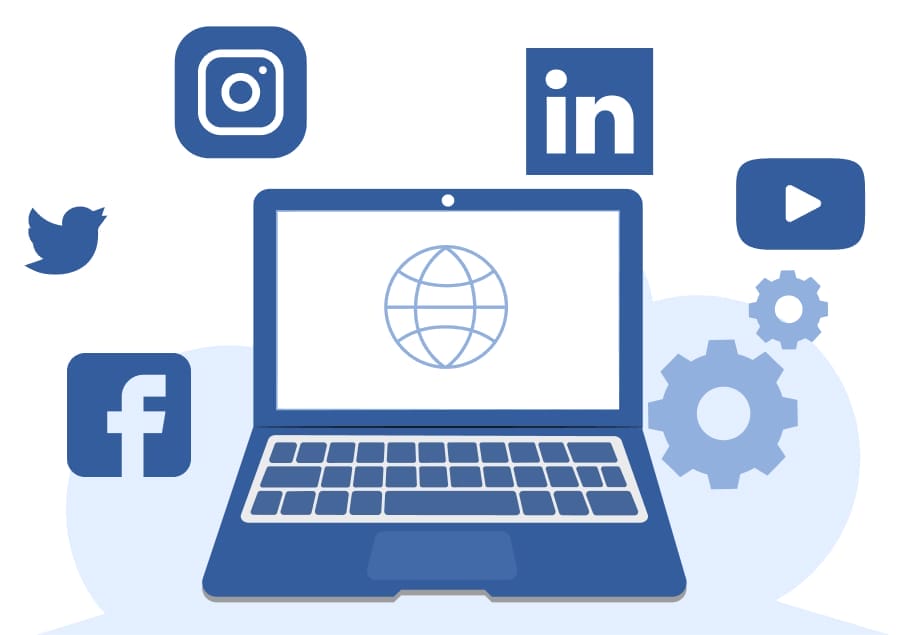Social selling is transforming how B2B companies connect with prospects, moving from traditional cold outreach to more personalized, value-driven interactions. Leveraging social media platforms like LinkedIn and X (formerly Twitter) allows businesses can build trust and nurture long-lasting relationships with decision-makers.

What is Social Selling and Why is it Important for B2B?
Social selling uses social media to find, connect, and build relationships with potential customers. Unlike social media marketing, which is about promoting products or services to a mass audience, social selling is about personal interactions and one-to-one engagement. It’s about building meaningful connections and nurturing leads over time through consistent value-driven communication.
In B2B, the buying process is longer and more complex than B2C. Decision makers are not just looking for a product but a partner. Social selling allows B2B professionals to position themselves as thought leaders, offer value, and build trust. This is important because it gets to the human side of sales – building relationships before asking for a sale.
Here are some stats that prove social selling works:
- 78% of social sellers outperform those who don’t use social media for sales – LinkedIn
- 90% of top-performing salespeople use social selling as part of their strategy
- Salespeople who use social selling are 51% more likely to hit their quota than those who don’t
Retreva incorporates social selling into their B2B prospecting process by helping businesses build a strong presence on key platforms like LinkedIn. We show teams how to engage with prospects meaningfully, using data-driven insights to deliver personalized outreach and content. Retreva helps businesses build long-term value and trust with prospects by focusing on relationship building rather than hard selling, which leads to higher conversion rates.

How to Build Strong Relationships Through Social Selling
Building relationships through social selling means thoughtful, personalized engagement that’s about the prospect’s unique needs and challenges. One of the best ways to do that is through personalized interactions. Instead of sending generic outreach messages, tailor your communication based on research about the prospect’s company, industry or recent activity on social platforms. Mention specifics, and it shows you’ve done your homework and you’re interested, which increases the chances of a positive response.
Another way to stay connected with prospects is through retargeting and direct messaging tools like LinkedIn or X DMs. These tools let you engage with prospects in a more direct way. Retargeting ads can keep you at the top of prospects’ minds by reminding them of your offerings without being too pushy. Messaging provides a personal channel to talk about specific pain points and solutions, to nurture the relationship over time.
And finally, social proof can be a powerful way to build trust and credibility. Sharing testimonials, case studies, and success stories from existing clients shows how your solution has delivered tangible value to others in the same position. This proves your expertise and helps prospects imagine the benefits of working with you. When you combine personalized outreach with messaging tools and social proof, you can build strong, long-term relationships that drive B2B social selling.

Social Selling Platforms to Use for B2B Success
LinkedIn is the Cornerstone of B2B Social Selling
LinkedIn is the B2B social selling platform where professionals connect, share industry insights, and build relationships with decision-makers. With over 900 million users, it’s the best place to get to the people inside companies. Its lead gen tools, like LinkedIn Sales Navigator, help sales professionals find and engage with prospects more effectively. Sales Navigator allows you to refine searches by job title, industry, and company size so your outreach is targeted and relevant. The networking potential is huge as you can build relationships with prospects through content sharing, direct messaging, and participating in industry discussions.
Relationships with prospects through content sharing, direct messaging, and participating in industry-related discussions.
X Offers Quick Engagement
While LinkedIn is more structured for professional networking, X is for real-time interactions. X is for quick and insightful conversations, where salespeople can jump into conversations, respond to industry trends, and engage with prospects. Sharing content, retweeting thought leadership pieces, and using hashtags makes it easier to reach a wider audience, while direct messaging (DMs) is for one-on-one conversations. It’s great for building relationships with influencers, staying up to date with industry news, and establishing a brand voice in B2B.
Facebook and Instagram: Niche Relevance for Certain B2B Industries
Facebook and Instagram are more consumer-focused, but they can still play a role in specific B2B industries where visual content or brand storytelling is essential. Facebook Groups is a way to engage with niche communities, share resources and position your brand as a trusted resource. Instagram is less common in B2B but in industries like design, architecture or tech it can be a platform to showcase products, customer success stories and company culture. Both are useful for a multi-channel approach, so your business is visible to different audiences.
B2B Social Selling Strategies
Social selling works best when done strategically with a focus on trust and value to the prospect. Here are the key strategies to make the most of social selling in B2B:
- Build a Personal Brand: Create a professional profile highlighting your expertise and unique value. Share insights, success stories, and solutions to establish yourself as an expert in your industry.
- Content Sharing and Curation: Post-industry-relevant content that addresses your audience’s pain points and curates articles or resources from credible sources. This will keep your network engaged and position you as the go-to resource.
- Engage in Conversations: Comment on posts, share insights, and engage with thought leaders and prospects. Show your interest and keep your name visible.
- Consistency: Nurture through regular personal touches. Don’t push for a sale immediately. Build trust and stay top of mind when the prospect is ready to buy.
Social Selling for Long-Term B2B Success
Social selling is a powerful way to build relationships and drive sales in the B2B sector. Businesses can build trust and credibility with prospects by focusing on personal interactions, using platforms like LinkedIn and X, and sharing valuable content. The key is to nurture those relationships over time, offer solutions that are not hard sells and stay at the top of mind with meaningful engagement. Retreva’s approach to social selling helps businesses build long-term partnerships and increase conversion rates by putting the prospect first.


